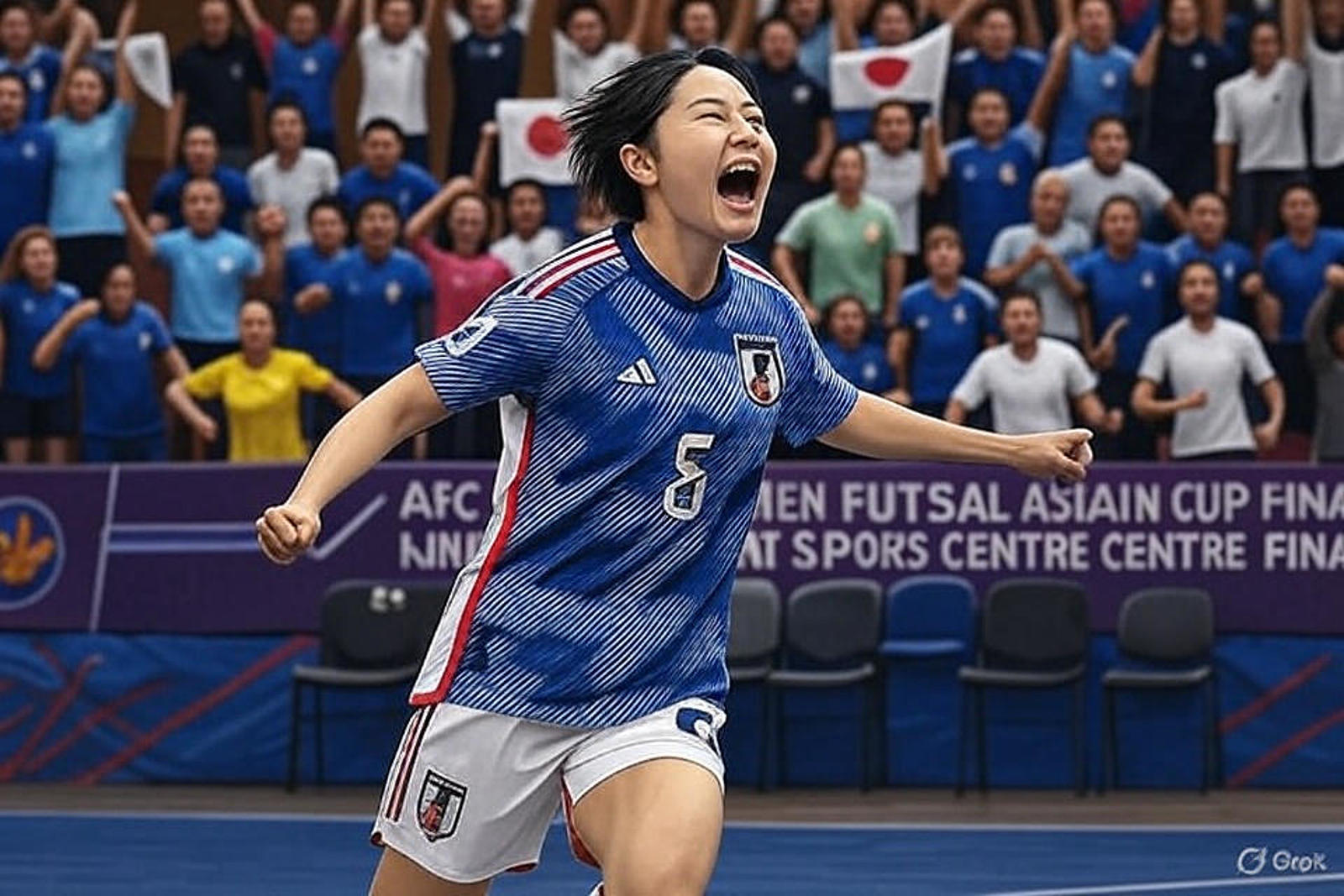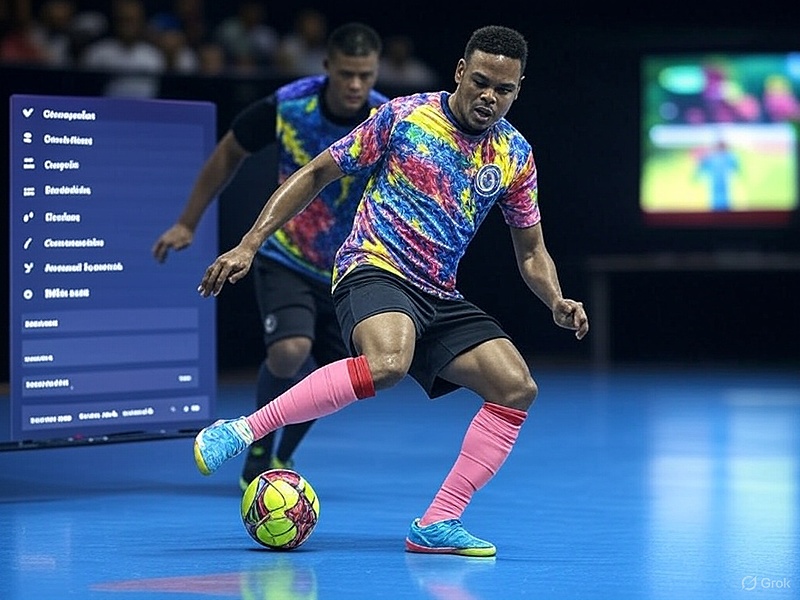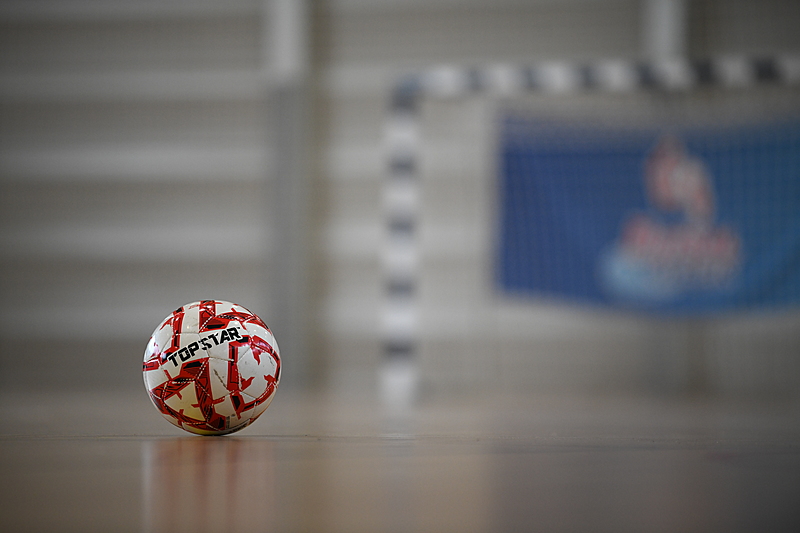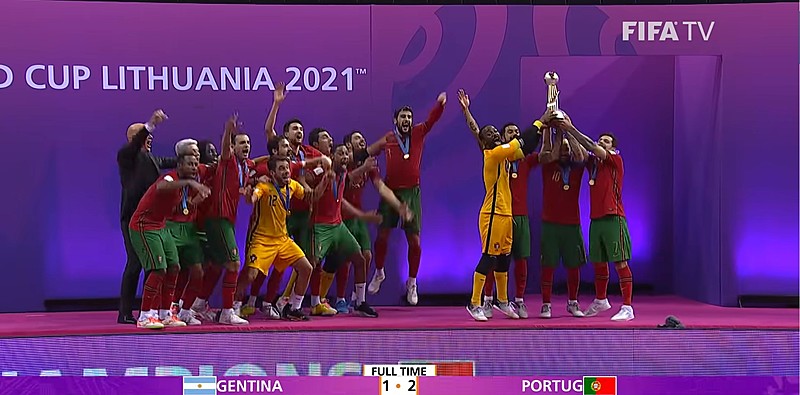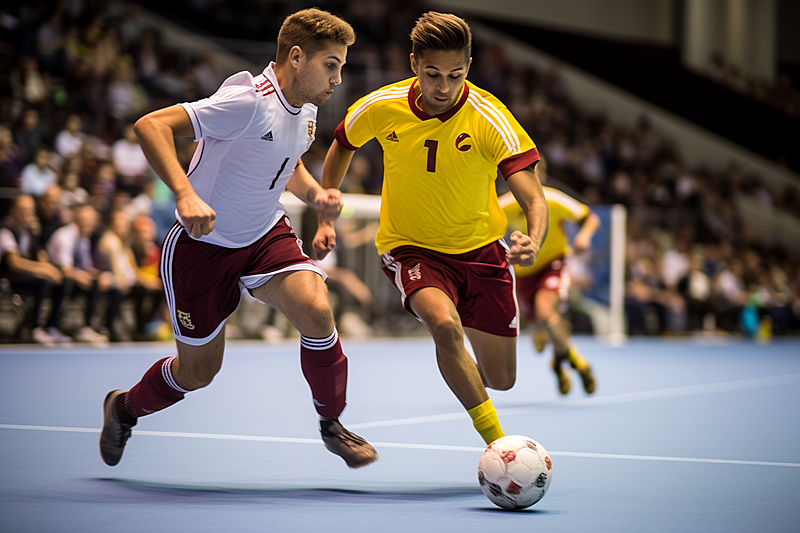On May 17, 2025, the Hohhot Sports Centre in Inner Mongolia, China, pulsed with energy. The stands were packed, the air thick with anticipation, as Japan faced Thailand in the final of the AFC Women’s Futsal Asian Cup. The match wasn’t just a contest for a continental title—it was a defining moment for women’s futsal. Japan’s dramatic 3-2 penalty shootout victory, after a 3-3 draw in extra time, marked their first-ever title in the competition, ending Iran’s reign and signaling a shift in the sport’s global landscape. This tournament, the third edition of the AFC Women’s Futsal Asian Cup, wasn’t just about crowning a champion. It was a stage for Asia’s women’s futsal teams to showcase their growth, secure spots for the inaugural FIFA Futsal Women’s World Cup in the Philippines, and prove that futsal is no longer football’s overlooked sibling.
This article dives deep into the 2025 AFC Women’s Futsal Asian Cup, exploring its key moments, standout players, tactical innovations, and its broader impact on women’s futsal. From Japan’s triumph to China’s unexpected heroics, we’ll uncover how this tournament redefined the sport and set the stage for its global ascent.
The Stage is Set: Hohhot’s Role in History
Hohhot, a city not typically associated with global sports, became an unlikely epicenter for futsal in May 2025. Chosen over competing bids from other Asian nations, the Chinese Football Association’s hosting of the tournament was a bold statement. The Hohhot Sports Centre, with its modern facilities and capacity for thousands, provided a fitting backdrop for a competition that doubled as a qualifier for the 2025 FIFA Futsal Women’s World Cup. The decision to host in China reflected the AFC’s ambition to expand futsal’s footprint in less traditional markets, and the local crowd’s enthusiasm—raucous and partisan, as described by the AFC—proved they were ready to embrace the sport.
The tournament featured 12 teams, drawn into three groups of four, with seeding based on FIFA Futsal World Rankings from October 2024. China, as hosts, were automatically seeded in Pot 1, joined by powerhouses like Iran, Japan, and Thailand. The group stage, running from May 6 to May 11, set the tone with high-scoring matches (119 goals across 26 games, averaging 4.58 goals per match) and unexpected results that shook up expectations.
Japan’s Breakthrough: A Long-Awaited Triumph
Japan’s journey to the title was anything but straightforward. Having finished as runners-up in 2015 and 2018, the pressure was on to finally claim the crown. Under head coach Takehiro Suga, Japan displayed a blend of tactical discipline and flair that carried them through a grueling tournament. Their group stage performance was solid, facing Thailand, Indonesia, and Bahrain in Group C. While Thailand was expected to dominate, Japan’s cohesive play and relentless pressing set them apart.
The quarter-finals saw Japan dispatch Vietnam with a clinical performance, but the semi-final against two-time defending champions Iran was the real test. Iran, led by stars like Maral Torkaman, had dominated Asian futsal for years. Yet Japan’s high-intensity defense and quick transitions overwhelmed the Iranians, securing a 4-2 victory that sent shockwaves through the tournament. Coach Suga credited “collective leadership and meticulous preparation” for the win, highlighting the team’s mental resilience.
The final against Thailand was a spectacle. The match ended 3-3 after extra time, with Japan’s goalkeeper Nene Inoue emerging as the hero, saving two penalties in the shootout to clinch the 3-2 victory. Inoue’s performance earned her the Best Goalkeeper award, while her leadership on and off the court became a symbol of Japan’s new era. “This is for every girl who dreams of playing futsal,” Inoue said in a post-match interview, her words resonating with fans across Asia.
China’s Surprise: The Hosts Steal the Show
While Japan’s victory grabbed headlines, China’s performance was the tournament’s feel-good story. As hosts, they were guaranteed a spot in the FIFA Futsal Women’s World Cup, but their on-court results proved they were no mere participants. Defying their mid-tier ranking, China reached the semi-finals, only to fall to Thailand. Their third-place playoff against Iran was a gritty affair, with Iran securing a 3-1 win to claim the final World Cup berth. Still, China’s campaign was a revelation, showcasing their growing investment in futsal infrastructure and youth development.
Players like China’s pivot Wang Li became fan favorites, with her relentless energy and playmaking earning praise. The home crowd’s support, described as “raucous” by the AFC, fueled China’s run, and their performance sparked discussions about futsal’s potential to rival football’s popularity in China. Social media buzzed with clips of China’s goals, with fans on Twitter/X sharing highlights that garnered thousands of views, signaling a growing appetite for the sport.
Iran’s Resilience: Securing a World Cup Spot
Iran, the two-time defending champions, entered the tournament as favorites but faced unexpected challenges. Their semi-final loss to Japan was a bitter pill, but their 3-1 victory over China in the third-place playoff ensured qualification for the Philippines. Maral Torkaman, with six goals across the tournament, emerged as the top scorer, cementing her status as one of Asia’s brightest stars. Coach Forouzan Soleimani praised the team’s “collective efforts,” noting that the World Cup qualification was a testament to Iran’s deep futsal culture.
Iran’s performance, while not perfect, highlighted their consistency. Their ability to bounce back after the semi-final defeat showed why they remain a powerhouse, and their World Cup appearance will be a chance to reassert their dominance on a global stage.
Tactical Trends: The Evolution of Women’s Futsal
The 2025 AFC Women’s Futsal Asian Cup wasn’t just about results—it showcased the tactical evolution of women’s futsal. Teams like Japan and Thailand employed high-pressing systems, forcing turnovers in dangerous areas. Japan’s use of a 1-2-1 formation allowed for fluid rotations, with wingers cutting inside to overload the opposition’s pivot. Thailand, meanwhile, relied on quick, one-touch passing to break down defenses, a style reminiscent of Spanish futsal’s tiki-taka influence.
Data analytics also played a role, with coaches using metrics like passing accuracy and defensive positioning to refine strategies. Futsal IQ, a platform gaining traction in 2025, provided real-time insights that helped teams like Japan adjust their game plans mid-match. For example, Japan’s semi-final win over Iran was partly due to their ability to exploit Iran’s over-reliance on Torkaman, using targeted pressing to disrupt her rhythm.
The Road to the Philippines: Global Implications
The tournament’s biggest prize—beyond the title—was qualification for the 2025 FIFA Futsal Women’s World Cup in the Philippines, set for November 21 to December 7. Japan, Thailand, and Iran secured Asia’s three berths, joining a 16-team field that includes Spain, Brazil, and Morocco. The Philippines, as hosts, will make their World Cup debut, building on their competitive showings in the 2024 ASEAN Women’s Futsal Championship under coach Vic Hermans.
This World Cup marks a turning point for women’s futsal. FIFA’s decision to launch the tournament, announced in 2022, came after years of advocacy from players and federations. The AFC Women’s Futsal Asian Cup proved that Asia is ready to compete at the highest level, with Japan’s technical prowess, Thailand’s flair, and Iran’s grit setting the stage for a thrilling global competition.
Cultural Impact: Futsal’s Growing Footprint
Beyond the pitch, the tournament had a profound cultural impact. In China, futsal is gaining traction as a sport that empowers women and girls. Local media reported a surge in youth futsal registrations in Hohhot post-tournament, with academies noting a 20% increase in female players. Across Asia, the visibility of players like Nene Inoue and Maral Torkaman has inspired a new generation, with social media campaigns amplifying their stories.
The AFC’s comprehensive media campaign, including global livestreams and real-time highlights, ensured the tournament reached a wide audience. Posts on Twitter/X about Japan’s penalty shootout victory garnered over 10,000 likes, a sign of futsal’s growing digital presence. This visibility is crucial for a sport often overshadowed by football, and the AFC’s efforts signal a commitment to elevating women’s futsal.
Challenges Ahead: Funding and Recognition
Despite its success, the tournament highlighted ongoing challenges. Futsal’s funding remains a fraction of football’s, with many Asian nations struggling to invest in women’s programs. The contrast with Europe, where Spain and Portugal pour millions into futsal, is stark. Coaches like Thailand’s Pattaya Piewvilai called for greater investment, noting that “talent is there, but facilities and coaching need support.” The tournament’s success must translate into long-term funding to sustain growth.
Recognition is another hurdle. FIFA’s controversial 2024 Futsal World Cup poster, featuring football stars like Neymar instead of futsal icons, sparked debate about the sport’s identity. The AFC Women’s Futsal Asian Cup countered this narrative, proving that women’s futsal has its own stars and stories, ready to shine on their own terms.
Conclusion: A New Era for Women’s Futsal
The 2025 AFC Women’s Futsal Asian Cup was more than a tournament—it was a statement. Japan’s triumph, China’s rise, and Iran’s resilience showed that women’s futsal is thriving in Asia. As the sport heads to the Philippines for the first FIFA Futsal Women’s World Cup, the world will see what Asia already knows: futsal is fast, fierce, and full of potential. For futsalfeed.com readers, this is just the beginning. Follow us for updates on the World Cup and beyond, as women’s futsal continues to redefine the game.
